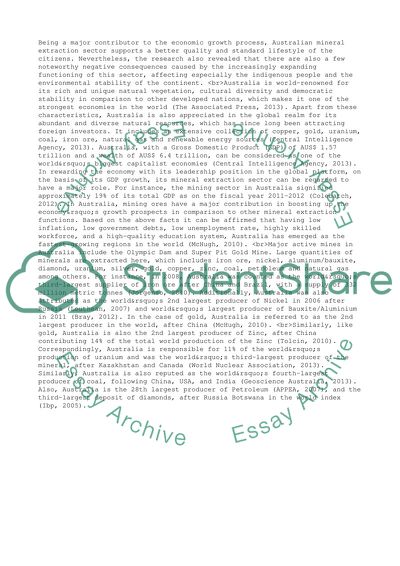Cite this document
(“Issues in Global Business and Strategic Concepts Essay - 2”, n.d.)
Issues in Global Business and Strategic Concepts Essay - 2. Retrieved from https://studentshare.org/business/1495176-issues-in-global-business-and-strategic-concepts
Issues in Global Business and Strategic Concepts Essay - 2. Retrieved from https://studentshare.org/business/1495176-issues-in-global-business-and-strategic-concepts
(Issues in Global Business and Strategic Concepts Essay - 2)
Issues in Global Business and Strategic Concepts Essay - 2. https://studentshare.org/business/1495176-issues-in-global-business-and-strategic-concepts.
Issues in Global Business and Strategic Concepts Essay - 2. https://studentshare.org/business/1495176-issues-in-global-business-and-strategic-concepts.
“Issues in Global Business and Strategic Concepts Essay - 2”, n.d. https://studentshare.org/business/1495176-issues-in-global-business-and-strategic-concepts.


